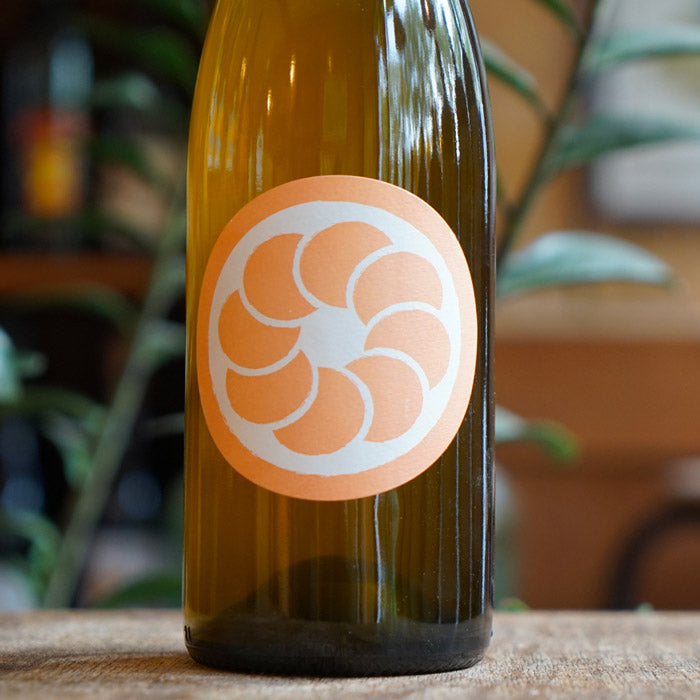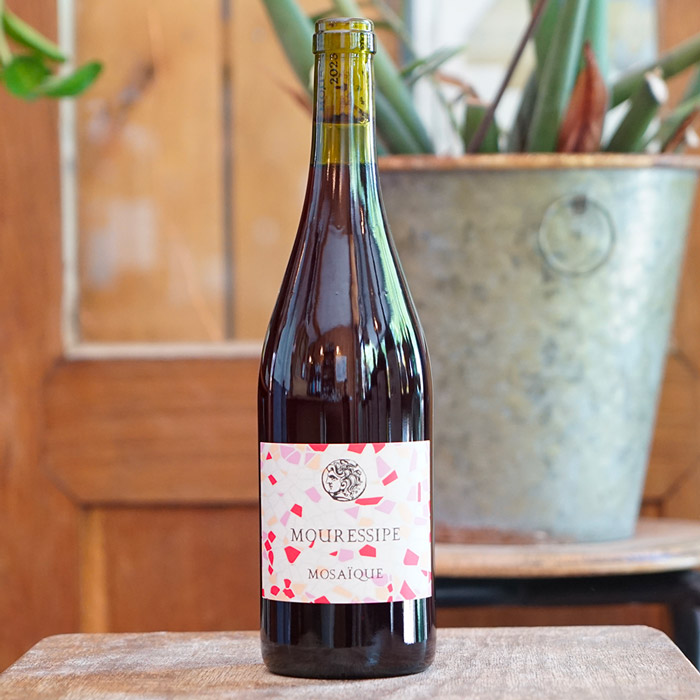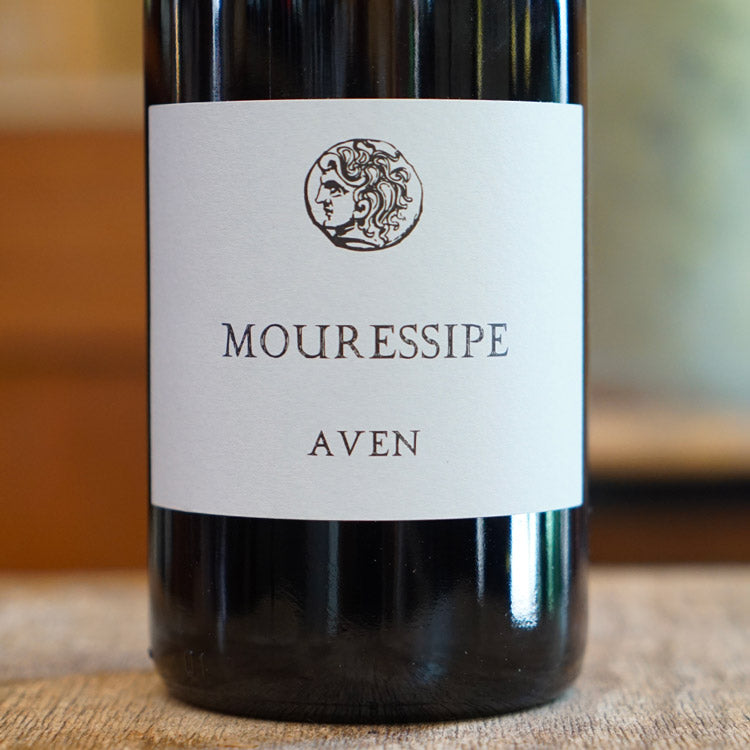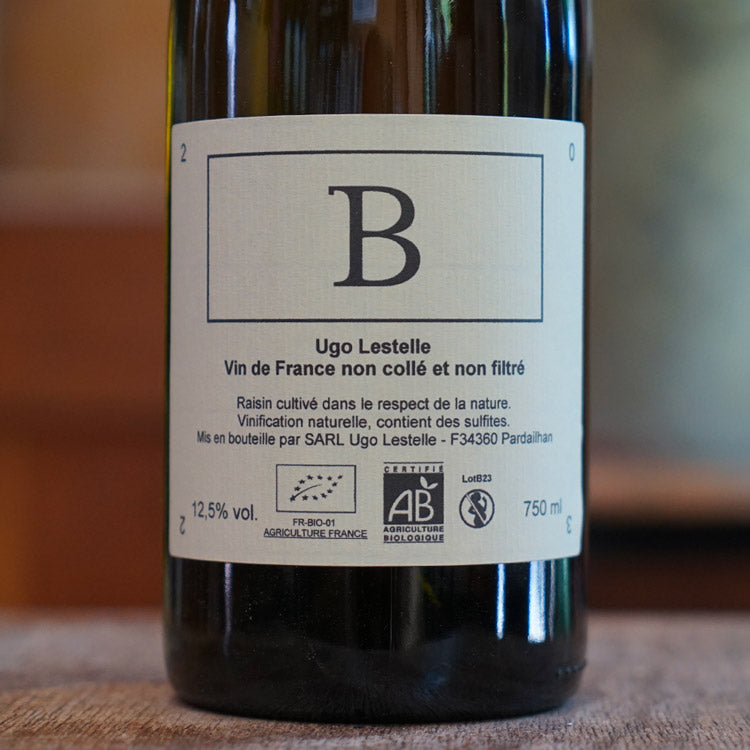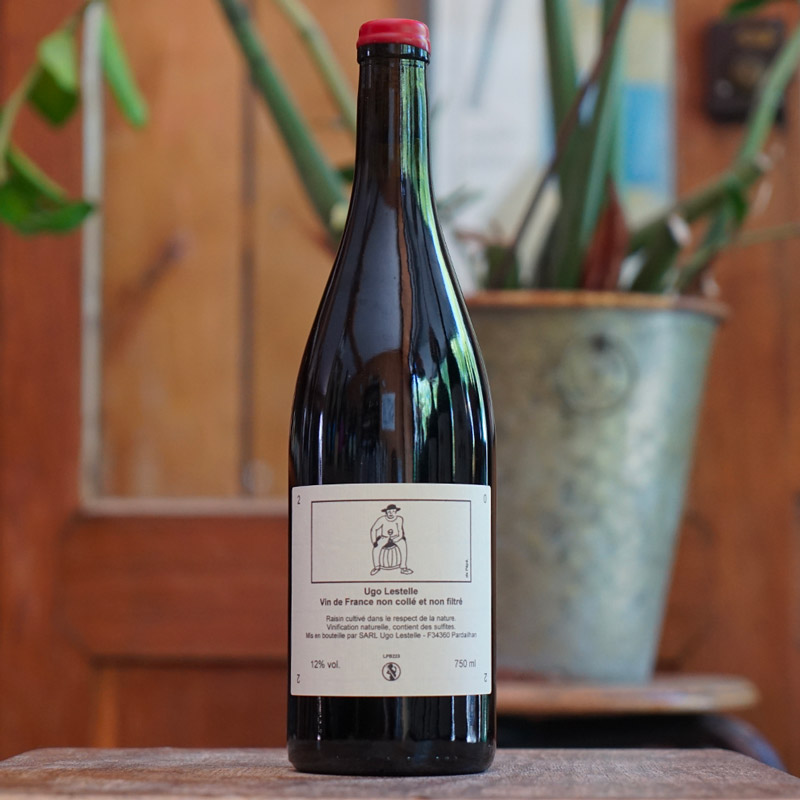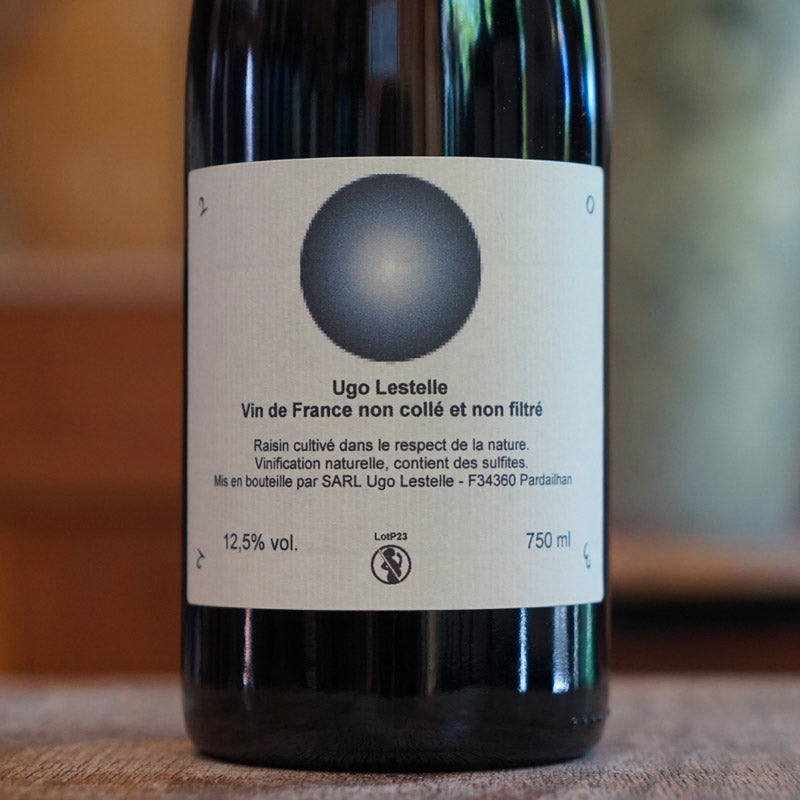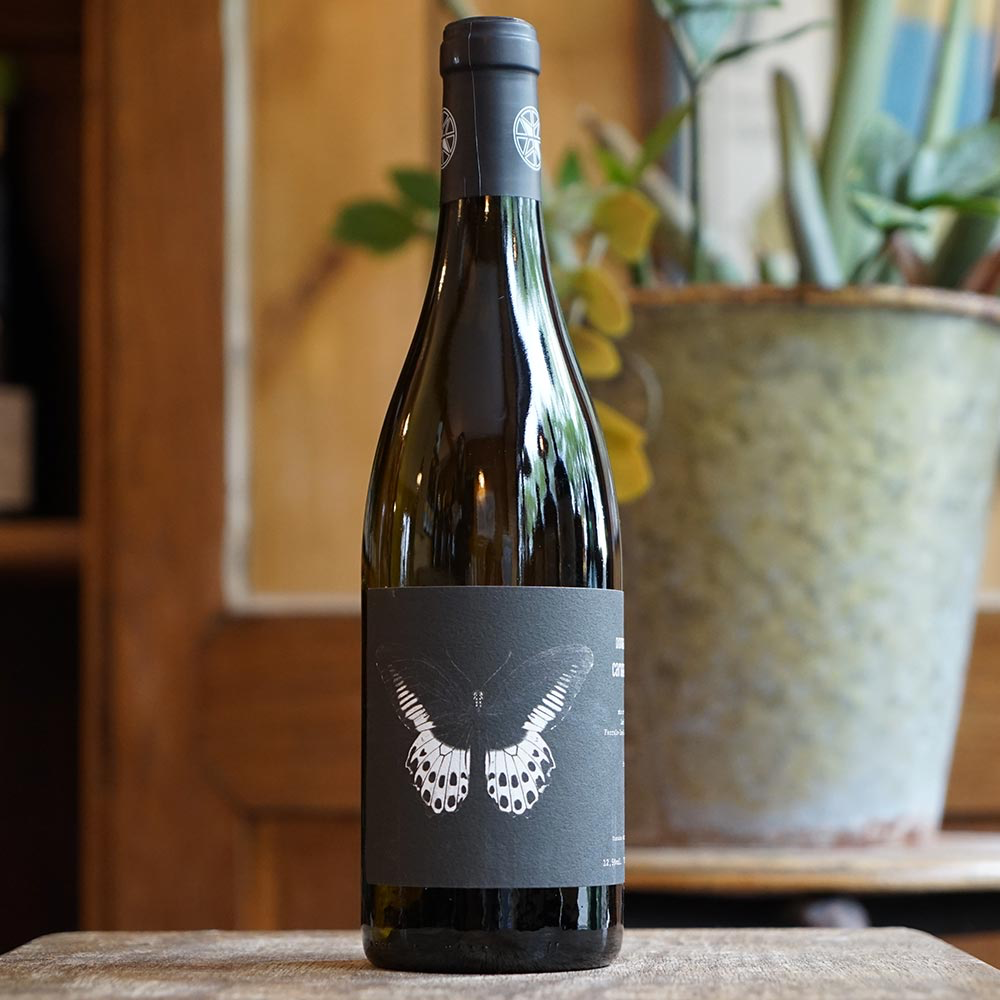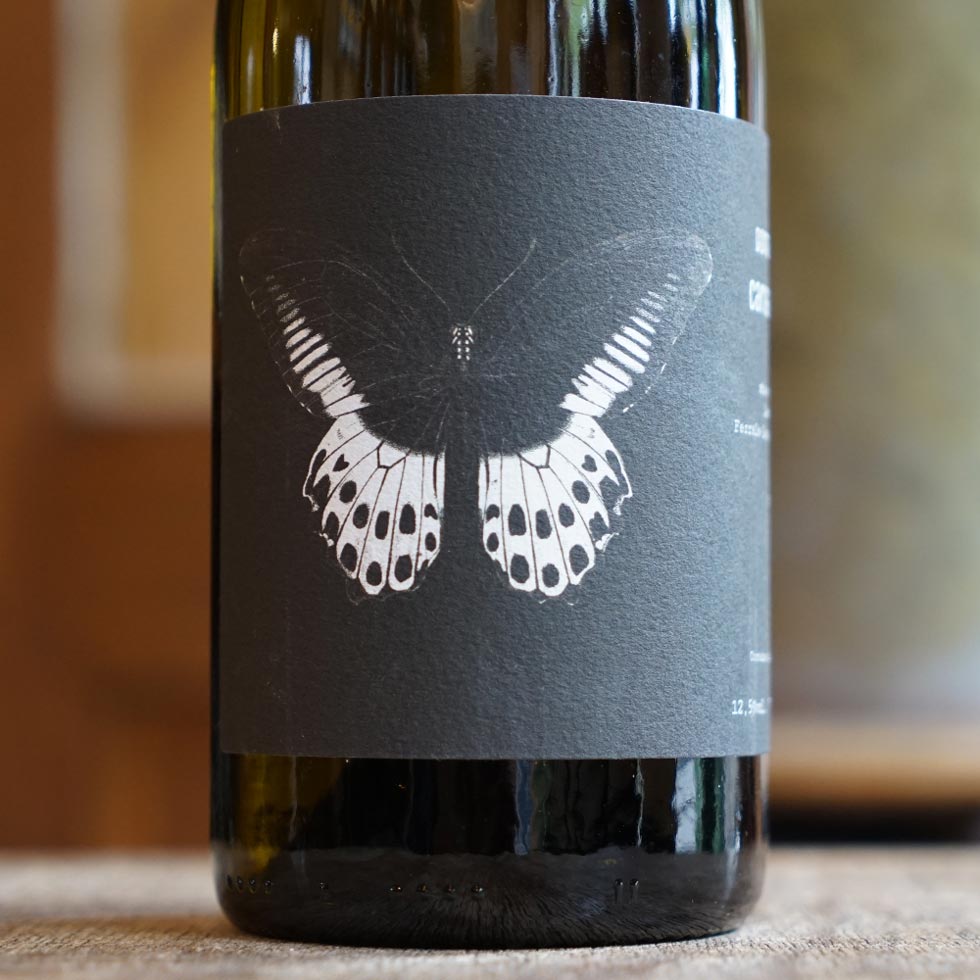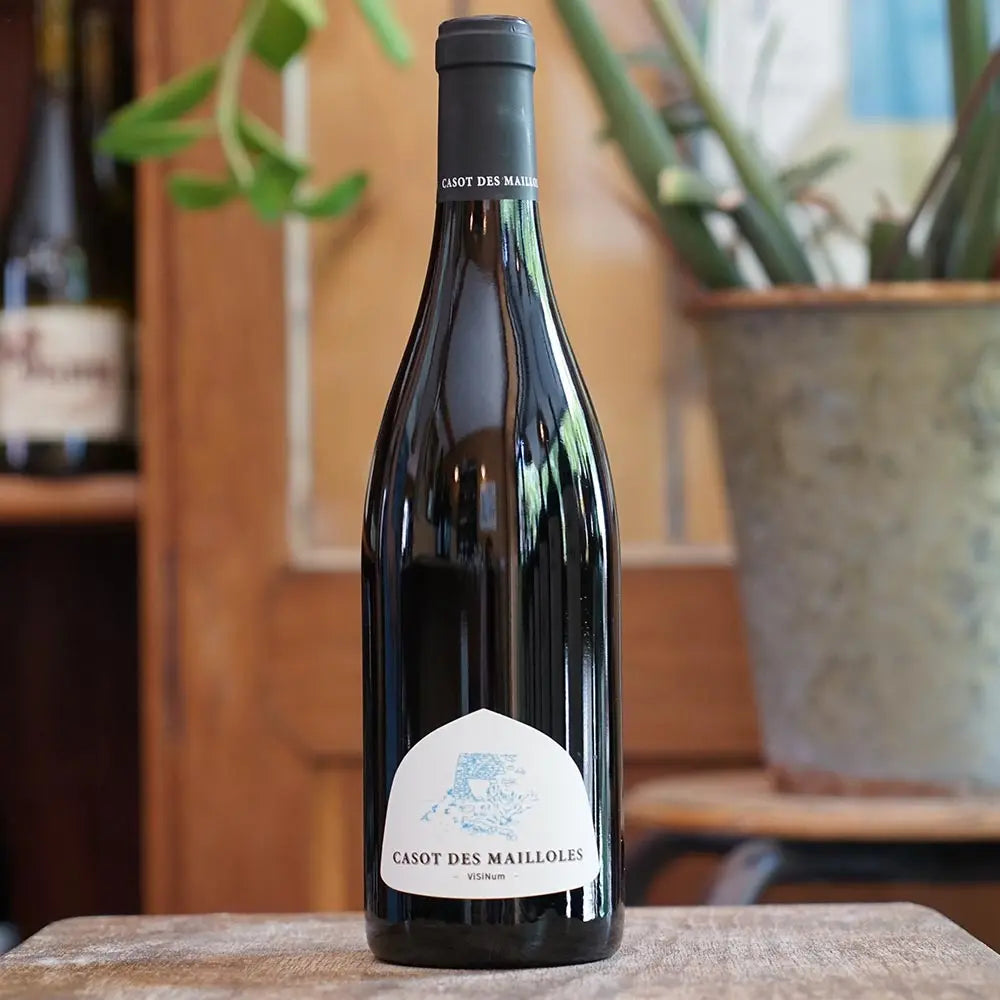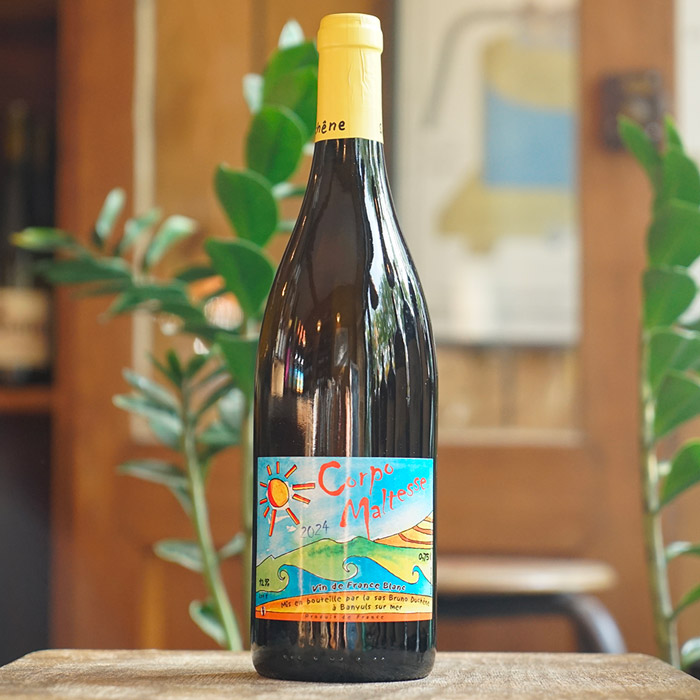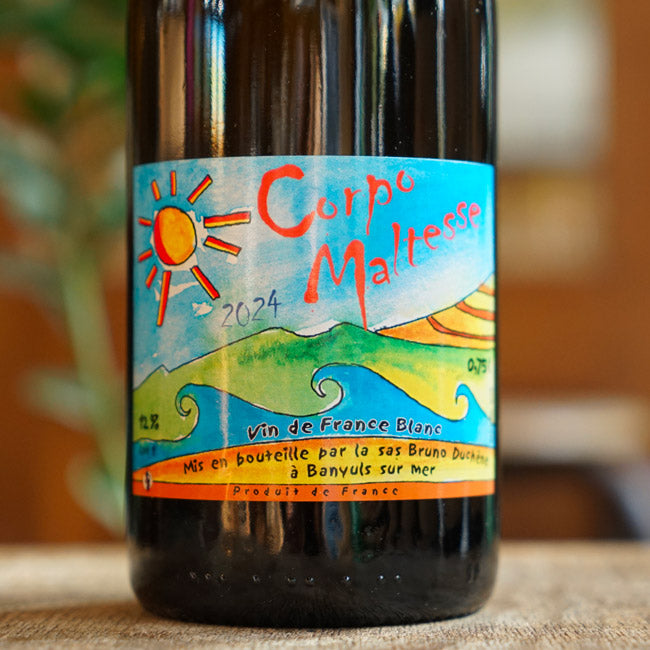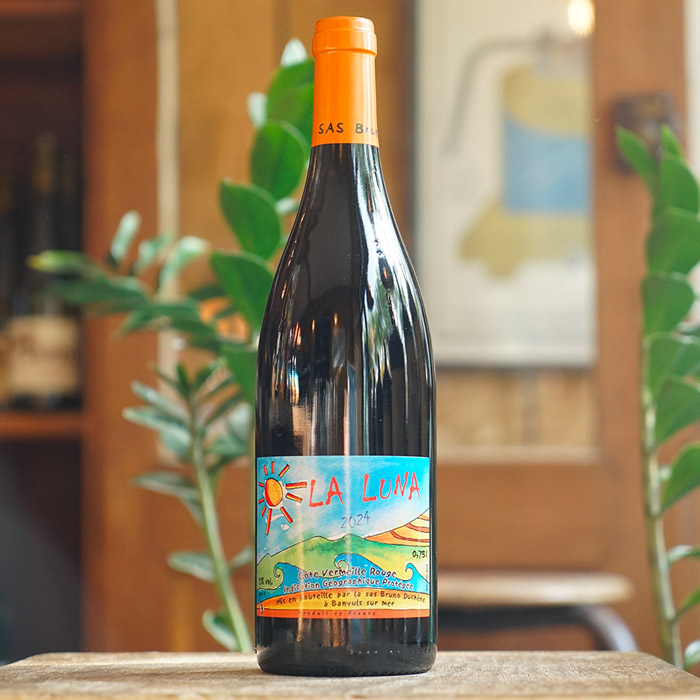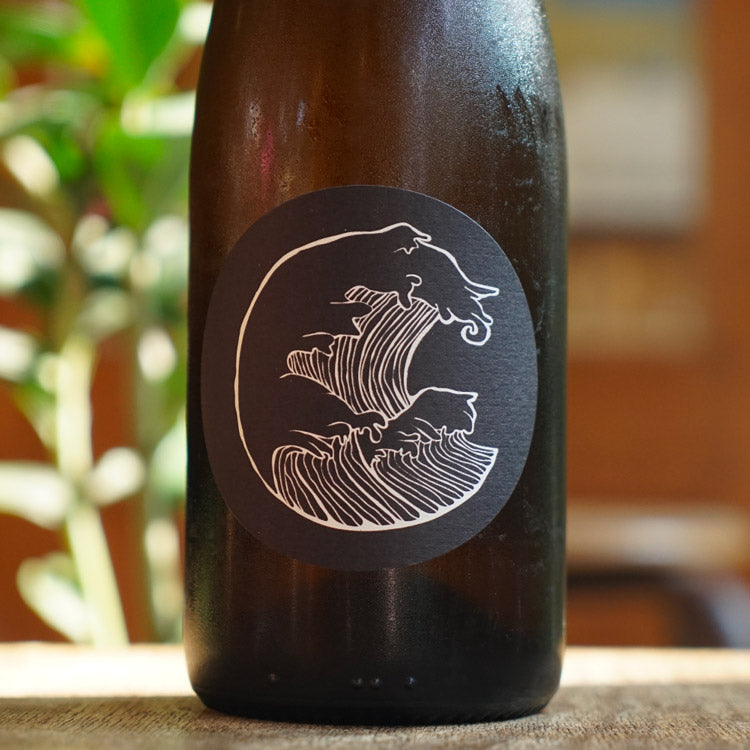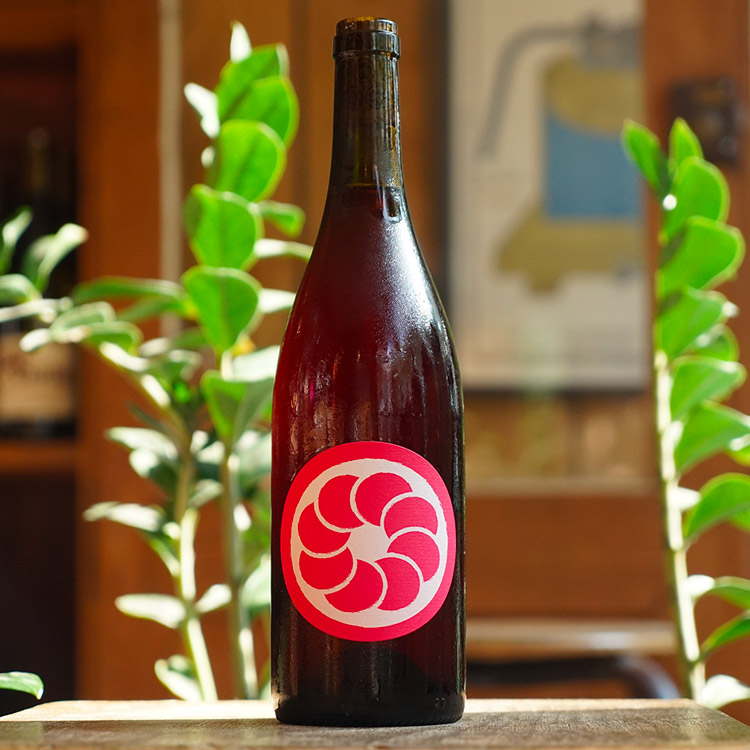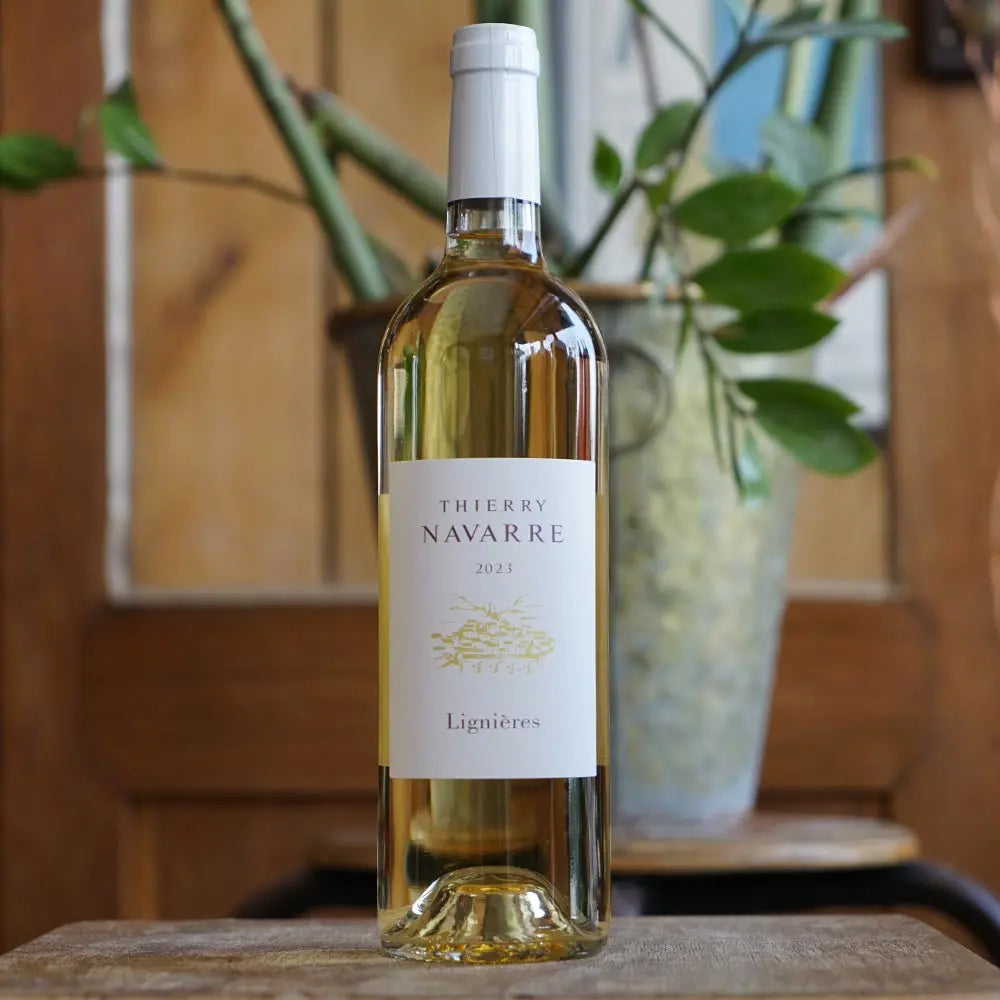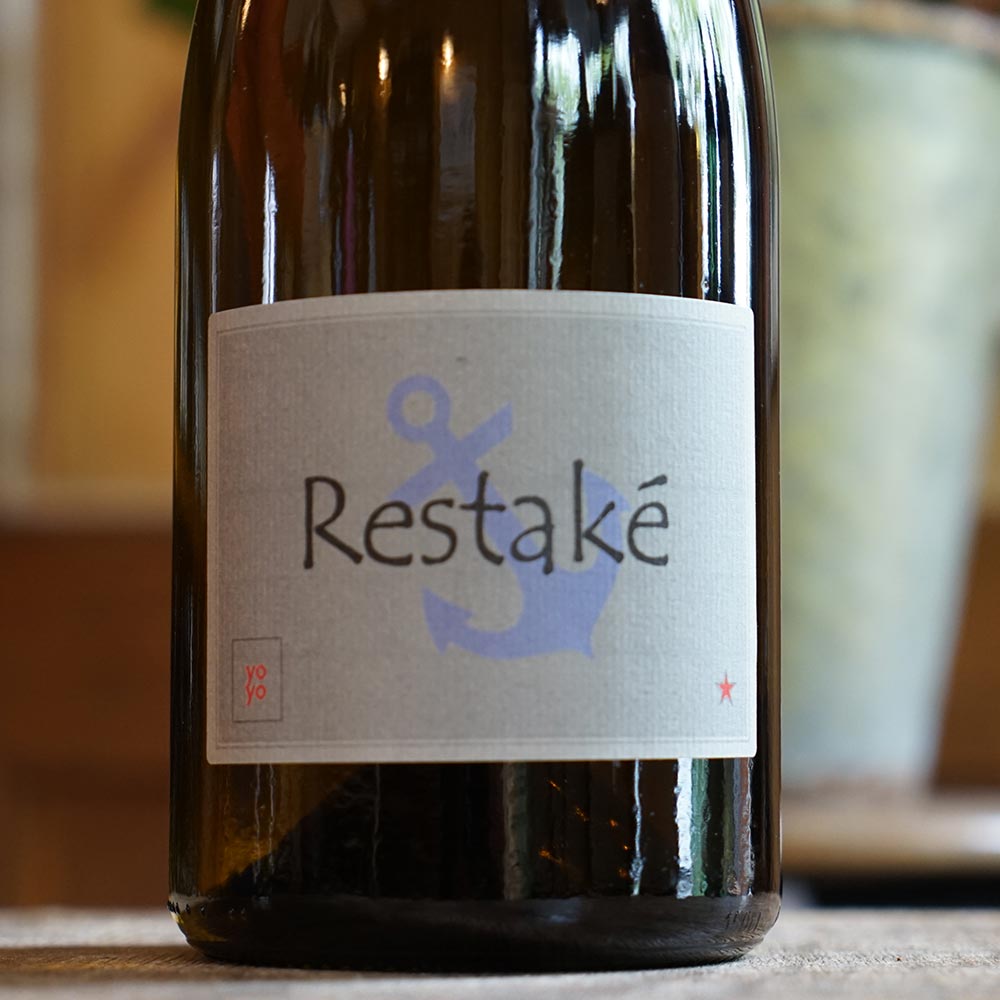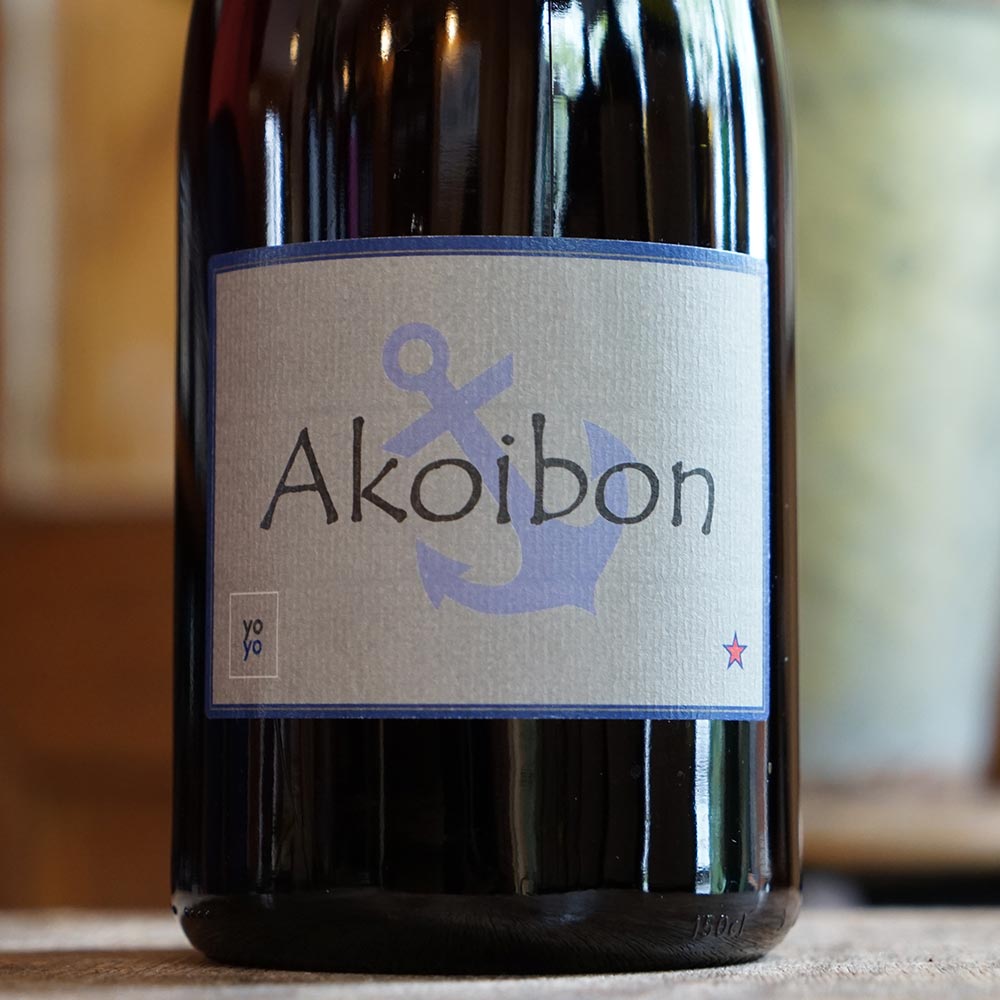Wines from Languedoc-Roussillon
Languedoc, a vineyard undergoing a renaissance
Languedoc is a wine region that has been booming for around twenty years, including natural wines. It revolves around the Mediterranean Sea, from Leucate to Nîmes, and in the land around Montpellier. This makes it the largest single vineyard in France with some 226,000 continuous hectares.
A dry climate, varied geology, expressive terroirs
Overall dry and warm climates with significant wind and maritime influences, coupled with a multitude of different soils give its wines multiple facets. We indeed find a very interesting diversity of terroirs due to the various mountain formations and deformations that have taken place throughout History. This geo-formation gives rise to several types of dominant soils in the Languedoc wine-growing area such as limestone, shale, clay and sandstone.
A wealth of grape varieties and expressions
These pedological differences define specific wine-growing areas, each with a singular expression of the red grape varieties cultivated such as Grenache noir, Syrah, Mourvèdre, Cinsault and Carignan, and white grape varieties such as Vermentino, Roussane, Viognier and white Grenache.
Emblematic appellations focused on the living world
There are prestigious appellations like Pic-Saint-Loup around the eponymous mountain, with a few winegrowers who strive to offer natural wines of character like Mas Foulaquier, which offers vintages from sweet Syrah and deep and toasted whites with ample and elegant chew. On the other hand, we find the lively and light wines of Yohann Moreno, vinifying by carbonic maceration of plots dominated by Carignan on the sunny Corbières terroirs. Natural wines that are much more supple and invigorating than the local trend.
Roussillon, between sea, mountains and Catalan spirit
Long associated with Languedoc, Roussillon is the most south-eastern department of France, landlocked on the edge of the Spanish border, and proudly represents its Catalan roots. Articulated around the city of Perpignan, there are several wine-growing areas.
The Agly valley, cool at altitude
To the west, inland, we find the Agly valley, on soils sometimes of black shale, sometimes of red clay. A high altitude terroir which produces fine, light and deep natural wines. There we find the terroir of choice for whites with beautiful Grenache and Roussanne with grilled and smoky notes. You will be able to discover some emblematic natural wine vintages from Gilles Troullier in Latour-de-France.
The Roussillon plains, immediate and easy-to-digest wines
Venturing west, we arrive in the plains of Roussillon, which are less hilly but with direct maritime influence. With sandy and clayey soils which make it possible to obtain natural wines that are more digestible and quickly accessible.
The Côte Vermeille, a spectacular vineyard between sea and sky
To the south, towards Spain and Aspres, we find the ancient cities of Banyuls and Collioure. A must in the region with the unique vineyards of the Côte Vermeille: schist terraces over some 1,600 hectares, plots worked entirely by hand, due to terrain unsuitable for any mechanization. There we find crisp and warm natural wines, like the vintages made by Bruno Duchêne, a reference in the production of living wines.
Adaptable, forward-looking viticulture
Additionally, we can find excellent expressions of drought and heat tolerant grape varieties like Grenache, Syrah, Mourvèdre and Carignan in red. We obtain crunchy or extremely sweet juices depending on the winemaking methods. This region remains a major anchor point in the research and production of natural wines in France.
To discover a wider selection of natural wines from Languedoc-Roussillon, visit Vinograf.










